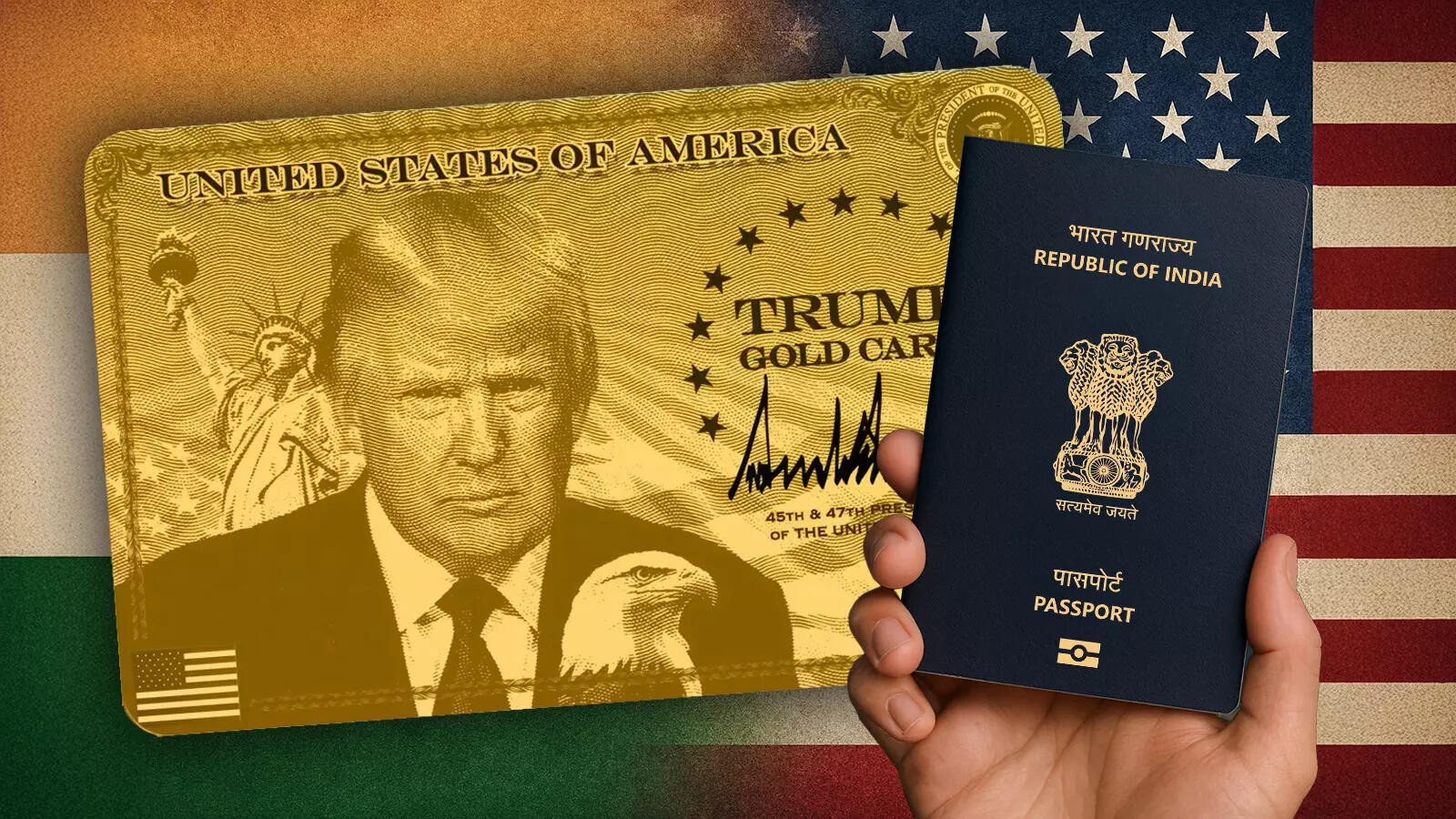The European Union has decided to suspend its planned retaliatory tariffs on US goods, valued at 93 billion euros, following a trade agreement between US President Donald Trump and European Commission President Ursula von der Leyen. This six-month pause, a significant concession from the EU, aims to restore stability and predictability for businesses on both sides of the Atlantic.
Here’s your blog post:
A Trade Truce Across the Atlantic: What Does it Really Mean?
The air crackles with potential, the tension has eased – at least for now. The European Union has decided to put a hold on planned retaliatory tariffs against the United States, signaling a potential cooling in transatlantic trade relations. This move follows a deal struck with the Trump administration to pause trade disputes, a pause that is now expected to extend for at least six months. But is this a true turning point, or just a temporary cease-fire in a long-running trade war?
For years, businesses on both sides of the Atlantic have navigated a turbulent sea of tariffs, quotas, and trade restrictions. Disputes over steel, aluminum, and digital taxes had escalated, threatening to unravel the intricate web of economic ties that bind the EU and the US. The initial clash began with tariffs imposed by the US on steel and aluminum imports, citing national security concerns. The EU responded in kind, targeting iconic American products with retaliatory levies. The situation threatened to devolve further with proposed digital taxes in Europe, which the US viewed as discriminatory against its tech giants.
The decision to suspend the retaliatory tariffs offers a much-needed breather. It allows both sides to step back from the brink and explore avenues for a more constructive dialogue. This pause is seen as an opportunity to address the underlying issues that fueled the trade tensions in the first place. It gives negotiators time to delve into complex matters such as regulatory cooperation, market access, and the resolution of existing disputes.
But let’s not get ahead of ourselves. The challenges are significant. Bridging the gap between differing regulatory philosophies, navigating political sensitivities, and finding common ground on issues like agricultural subsidies will require considerable effort and compromise from both sides.

One of the key areas of focus is likely to be the thorny issue of digital taxes. The EU has been pushing for a digital tax to ensure that tech companies pay their fair share of taxes in the countries where they operate. The US, however, views these taxes as unfairly targeting American firms. Finding a mutually acceptable solution that addresses both the EU’s concerns about tax fairness and the US’s concerns about discrimination will be crucial for a lasting resolution. Could this open the door for global tax agreement talks again?
The steel and aluminum tariffs also remain a point of contention. While the EU has suspended its retaliatory measures, the underlying US tariffs are still in place. The EU is likely to push for the removal of these tariffs as part of any comprehensive trade agreement. This is not to mention the lingering Boeing-Airbus dispute. A decades-long feud over aircraft subsidies has seen both the EU and the US impose tariffs on each other’s products. Resolving this dispute would not only remove a major irritant in the trade relationship but also set a positive precedent for future cooperation. Learn more about the impact of these trade disputes on [global manufacturing trends](internal-link).
The stakes are high. A successful resolution of these trade disputes could unlock significant economic benefits for both the EU and the US. It could boost trade, investment, and job creation on both sides of the Atlantic. Moreover, it could send a powerful signal of transatlantic unity and cooperation, at a time when the global geopolitical landscape is becoming increasingly uncertain.
However, failure to reach a lasting agreement could lead to a renewed escalation of trade tensions, with potentially damaging consequences for businesses and consumers alike. It is, therefore, in the interest of both the EU and the US to seize this opportunity and work towards a mutually beneficial outcome.
The six-month pause provides a window of opportunity. Whether it leads to a lasting trade truce or a return to conflict depends on the willingness of both sides to compromise and engage in good-faith negotiations. The coming months will be critical in shaping the future of transatlantic trade relations and will ultimately define the economic landscape for years to come. This potential trade truce offers a chance to reset, but the path forward is paved with challenges.







